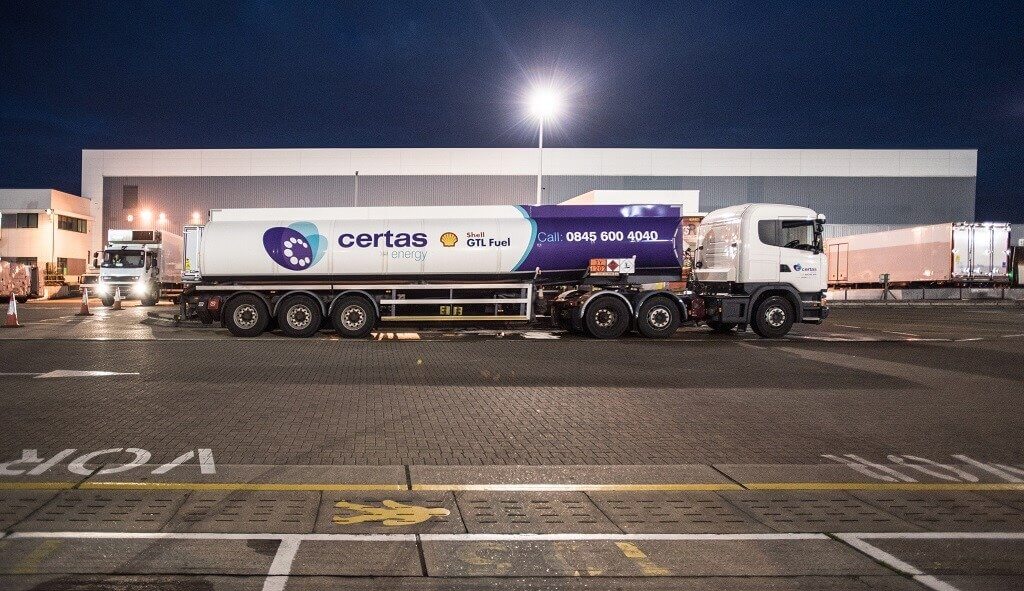Compressed natural gas and electric power are making inroads into the bus market, but what is there in the way of alternative fuel for coaches? Richard Simpson finds out
An unfortunate consequence of the Dieselgate scandal is that the opprobrium which was (rightly) heaped on the heads of those diesel car manufacturers who gamed emissions testing processes has spread to the manufacturers and operators of generally compliant heavy-duty diesel vehicles.

By subscribing you will benefit from:
- Operator & Supplier Profiles
- Face-to-Face Interviews
- Lastest News
- Test Drives and Reviews
- Legal Updates
- Route Focus
- Industry Insider Opinions
- Passenger Perspective
- Vehicle Launches
- and much more!


